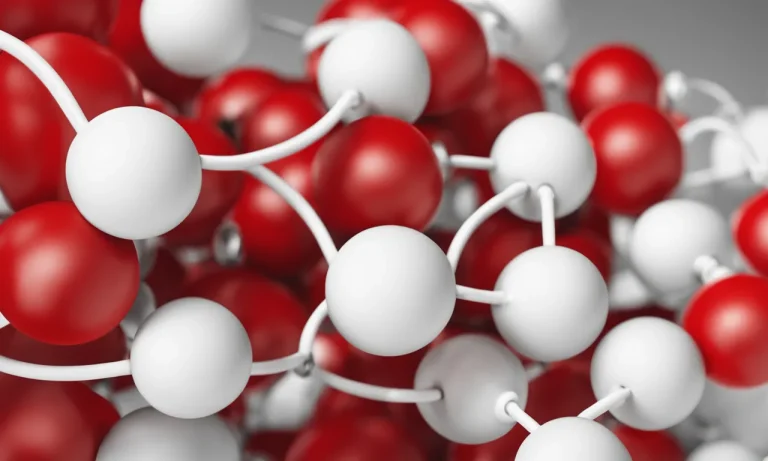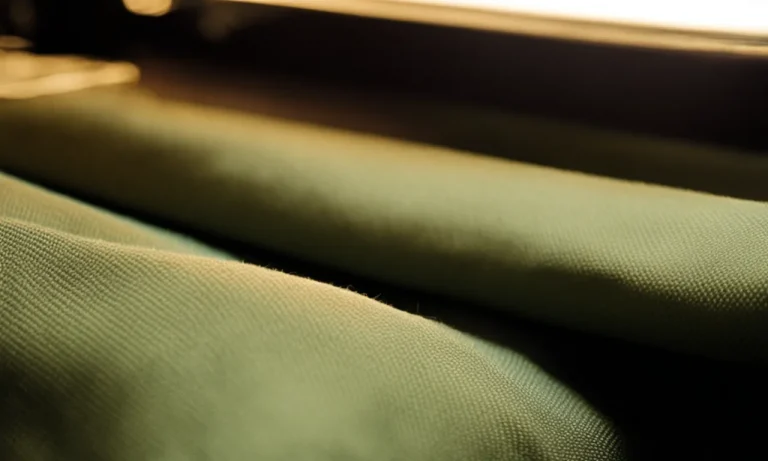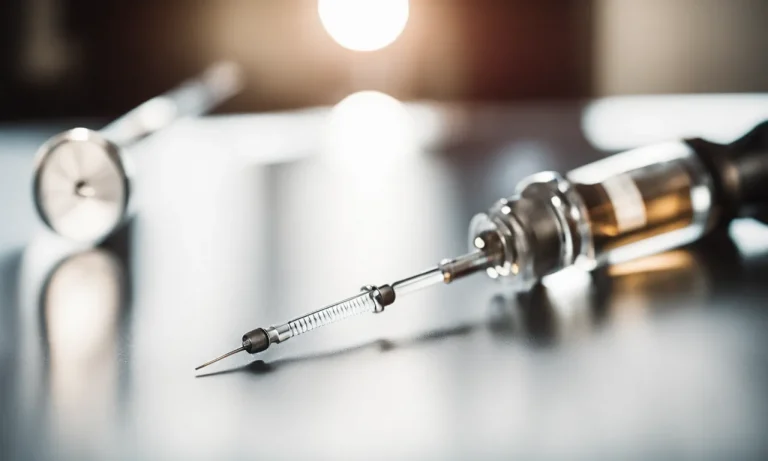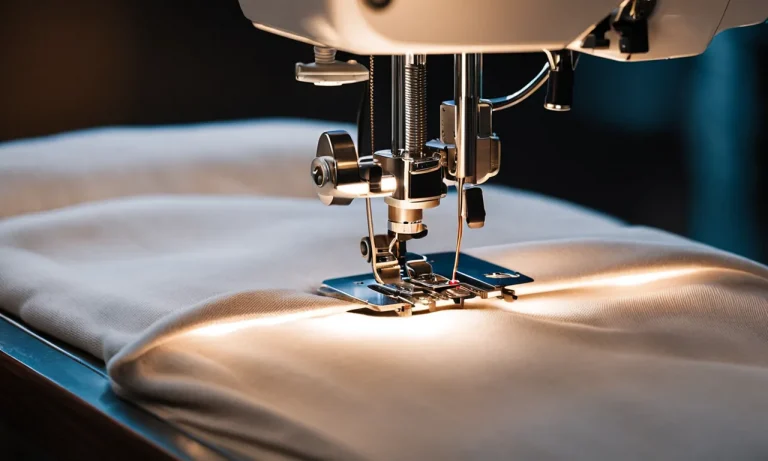The Best Glue For Car Interior Fabric
Is your car’s interior fabric coming loose or fraying? Don’t worry – with the right adhesive, you can easily fix those pesky fabric tears and detached trim pieces. If you’re short on time, here’s a quick answer: A flexible fabric glue like E6000 or Aleene’s Flexible Stretchable Fabric Glue works best for repairing fabric tears in your car’s upholstery.
In this comprehensive guide, we’ll go over everything you need to know to choose and properly use the best glue for your car’s interior fabric repairs.
How to Select the Right Glue
When it comes to choosing the best glue for car interior fabric, there are several factors to consider. By taking these factors into account, you can ensure that you select a glue that will provide a strong and long-lasting bond.
Consider Flexibility
One important factor to consider when selecting glue for car interior fabric is flexibility. Car interiors are subject to constant movement and vibrations, so it’s important to choose a glue that can withstand these stresses.
Look for a glue that is specifically designed for use on fabrics and that offers flexibility once it dries. This will ensure that the glue doesn’t become brittle and crack over time.
Think About Durability
Another important consideration is durability. You want a glue that will provide a strong bond that can withstand the wear and tear of daily use. Look for a glue that is designed to be resistant to water, heat, and chemicals, as these are common elements that car interiors are exposed to.
Additionally, consider the longevity of the glue. Will it hold up over time or will it start to deteriorate after a few months? Reading reviews and seeking recommendations from automotive experts can help you find a glue that is known for its durability.
Match Viscosity to Your Needs
The viscosity of the glue is another factor to take into account. Viscosity refers to the thickness or consistency of the glue. For car interior fabric, you’ll want a glue that has a medium viscosity. This will allow for easy application and prevent the glue from seeping through the fabric.
A thick glue may be difficult to spread evenly, while a thin glue may not provide a strong enough bond. By choosing a glue with the right viscosity, you can ensure a successful application.
Choose a Fast or Slow Dry Time
The dry time of the glue is also something to consider. Some glues dry quickly, allowing you to complete your project in a shorter amount of time. Others have a slower dry time, which can be beneficial if you need more time to position and adjust the fabric.
Consider your specific needs and preferences when choosing between a fast or slow dry time. Keep in mind that a longer dry time may also result in a stronger bond.
By considering flexibility, durability, viscosity, and dry time, you can select the right glue for your car interior fabric. Remember to read product reviews, seek recommendations, and consult automotive experts for guidance.
With the right glue, you can ensure a strong and long-lasting bond that will keep your car interior looking great for years to come.
Top Glue Recommendations
E6000
E6000 is a popular choice among car enthusiasts and professionals for its strong adhesive properties. It is a versatile glue that bonds well to various materials, including car interior fabric. With its high strength and flexibility, E6000 provides a long-lasting bond that can withstand the wear and tear of daily use.
Whether you need to repair a tear in your car seat or attach a loose fabric panel, E6000 is a reliable option. It dries clear and remains flexible, ensuring a seamless repair that won’t detract from the appearance of your car’s interior.
Aleene’s Flexible Stretchable Fabric Glue
If you’re looking for a glue specifically designed for fabric, Aleene’s Flexible Stretchable Fabric Glue is an excellent choice. This adhesive is formulated to withstand the stretching and movement of fabrics, making it ideal for car interiors that experience regular use.
Aleene’s glue dries clear and remains flexible, ensuring that your repaired fabric retains its original appearance and functionality. It is easy to apply, and its quick-drying formula allows for efficient repairs.
Whether you need to fix a loose headliner or attach a fabric trim, Aleene’s Flexible Stretchable Fabric Glue is a reliable option.
Gorilla Super Glue Gel
Gorilla Super Glue Gel is known for its strong and durable bond. While it is not specifically designed for fabric, it can be an effective option for repairing car interior fabric. This glue is resistant to impact and can withstand extreme temperatures, making it suitable for automotive applications.
Gorilla Super Glue Gel dries quickly, allowing for efficient repairs. Its gel formula minimizes mess and provides precise control during application. Whether you need to fix a fabric tear or reattach a loose fabric panel, Gorilla Super Glue Gel can provide a strong and reliable bond.
Loctite Ultra Gel Control Super Glue
Loctite Ultra Gel Control Super Glue is another option worth considering for car interior fabric repairs. This adhesive is known for its strong bond and resistance to shock, vibration, and temperature changes. It is versatile and can bond to various materials, including fabric.
The gel formula allows for precise application, minimizing mess and ensuring a clean repair. Loctite Ultra Gel Control Super Glue sets quickly, allowing for efficient repairs. Whether you need to fix a torn fabric seat or reattach a loose fabric trim, Loctite Ultra Gel Control Super Glue is a reliable choice.
Using Fabric Glue on Car Upholstery
Prepare the Area
Before applying fabric glue to your car upholstery, it is important to properly prepare the area. Start by cleaning the surface with a mild detergent and warm water to remove any dirt or debris. It is recommended to use a soft brush or sponge to gently scrub the fabric.
Once the surface is clean, allow it to dry completely before moving on to the next step.
Apply the Glue
When applying fabric glue to car upholstery, it is important to use a high-quality adhesive specifically designed for this purpose. Apply a thin, even layer of glue to both surfaces that need to be bonded together.
It is important to use the right amount of glue – too little may not provide a strong enough bond, while too much can cause the fabric to become stiff or discolored.
Note: For more detailed instructions on applying fabric glue, you can refer to websites like The Spruce Crafts or WikiHow.
Clamp the Materials
After applying the fabric glue, carefully align the two surfaces that need to be bonded together. Use clamps or heavy objects to hold the materials in place while the glue dries. This will ensure a strong and secure bond.
Make sure that the clamps or objects are not too heavy or sharp, as they may damage the fabric.
Let it Cure
After clamping the materials, it is important to let the fabric glue cure completely. Follow the manufacturer’s instructions regarding the drying time. Avoid touching or moving the glued area until it has fully cured to prevent any disruption in the bonding process.
Keep in mind that curing time may vary depending on the type of fabric glue used.
Consider Touch-ups
Once the fabric glue has cured, inspect the bonded area for any imperfections or loose edges. If necessary, apply a small amount of fabric glue to reinforce the bond or fix any loose edges. This will help ensure that the repair lasts longer and remains secure.
Remember to always follow the instructions provided by the fabric glue manufacturer for best results. Using fabric glue on car upholstery can be an effective way to repair minor damages and prolong the life of your car’s interior.
Glue Alternatives and Tips
Staples and Sewing
If you’re looking for a reliable and budget-friendly alternative to glue for car interior fabric, consider using staples and sewing. This method is especially useful for repairing small tears or loose fabric.
Simply use a staple gun to secure the fabric in place, making sure to pull it taut before stapling. For more delicate fabrics, hand sewing can be a better option. Use a needle and thread to carefully stitch up any tears or loose seams.
This method not only provides a secure hold but also allows for easy removal or adjustment if needed.
Heat Bonding
Heat bonding is another effective alternative to using glue for car interior fabric. This method involves using a heat-activated adhesive to bond the fabric together. Simply place a heat-activated adhesive strip between the fabric layers and apply heat using an iron or a heat gun.
The heat melts the adhesive, creating a strong bond between the fabric pieces. Heat bonding is particularly useful for joining fabric panels or repairing larger tears. It provides a durable and long-lasting hold without the mess associated with traditional glue.
Iron-on Adhesive
An iron-on adhesive is a convenient and easy-to-use alternative to glue for car interior fabric. This adhesive comes in the form of a thin sheet or tape that can be applied to the fabric using heat. To use iron-on adhesive, simply place the adhesive sheet between the fabric layers and apply heat with an iron.
The heat activates the adhesive, creating a strong bond between the fabric pieces. Iron-on adhesive is great for attaching patches, adding embellishments, or repairing small areas of damage. It provides a secure hold and is resistant to washing and wear.
Professional Reupholstering
If you’re dealing with extensive damage to your car’s interior fabric, it may be best to seek professional reupholstering services. A professional upholsterer has the expertise and tools to completely replace or repair the damaged fabric.
This option ensures a high-quality and long-lasting result, as the professional will use industry-standard techniques and materials. While it may be a pricier option compared to DIY methods, professional reupholstering can give your car’s interior a fresh and brand-new look.
Remember, when using any adhesive or alternative method to glue for car interior fabric, it’s important to test it on a small, inconspicuous area first to ensure that it doesn’t cause any damage or discoloration. Additionally, always follow the manufacturer’s instructions for best results.
Conclusion
With some preparation and the right glue selection, you can successfully attach detached fabric or mend tears in your car’s upholstery. Just be sure to choose a flexible glue that bonds well to fabric, apply it properly, and let it fully cure before using the area.
Your car’s interior will look good as new.







